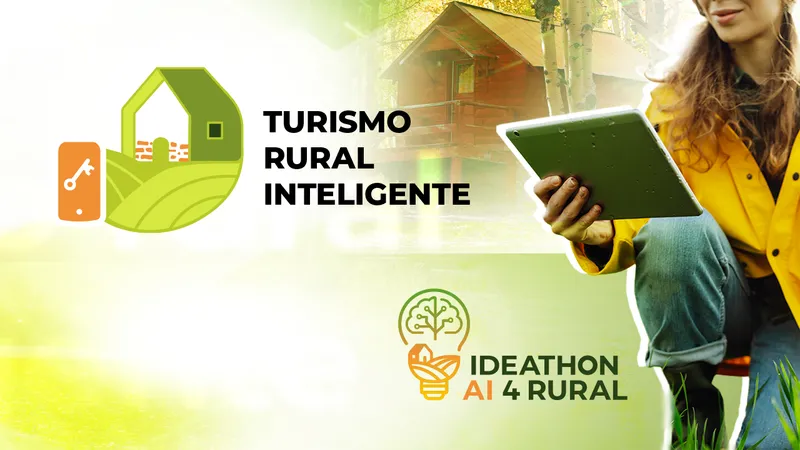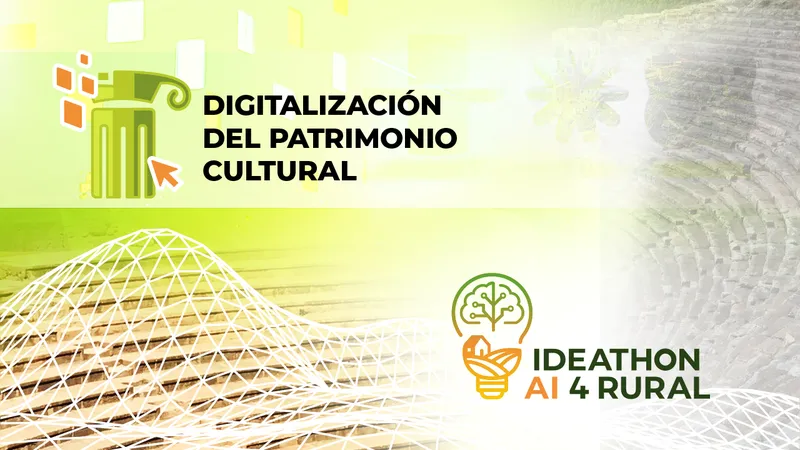There are few things more comforting than a long, restorative walk through the forest. The crunch of fallen leaves underfoot almost instantly replaces the deafening noise we coexist with every day. Almost magically, the forest welcomes you as one of its inhabitants and gives you the peace you need to calm down and reconnect with nature.
In Japan, it is called Shinrin-yoku, or “forest bathing”: a simple yet highly therapeutic practice based on spending time in a forest as an effective way to relax away from the hustle and demands of urban life. But there’s no need to travel that far to enjoy these immersions in nature. The forests that dot the Sierra and Mancha Conquense can be an excellent refuge to recharge your batteries. To achieve this, it is necessary to take care of these forest ecosystems—not only to continue enjoying them, but also to make them a true asset of value for the local economy in the region.
Can artificial intelligence (AI) and digital technologies be allies in forest preservation? Welcome to smart forest management.
How to Take Care of the Green Lungs of the Sierra and Mancha Conquense
Within the framework of the Ideathon AI4RURAL, organized by Itecam (Industrial Technology Center of Castilla-La Mancha) and to be held on November 20 at Finca La Estacada in Tarancón, three challenges are presented to participants, aimed at revitalizing the Sierra and Mancha Conquense through advanced technologies with high development potential, such as artificial intelligence.
One of these key challenges is smart forest management. Proposals under CHALLENGE 2: “Smart forest management: technology applied to the sustainable conservation of our forests” will apply AI and digital technologies to make forest management more efficient, sustainable, preventive, and connected with society, considering the following objectives:
- Monitor forest resources in real time.
- Improve the ability to anticipate risks such as fires, droughts, or pests to facilitate decision-making.
- Promote profitable forest management aligned with the Sustainable Development Goals (SDGs).
- Connect the ecological value of forests with the local economy of the Sierra and Mancha Conquense.
Artificial Intelligence Tools for Forest Management
News about wildfires sadly recurs every summer in Spain and other southern European countries. According to official data from the European Forest Fire Information System (EFFIS), the forest area burned in our country during the last summer amounted to almost 400,000 hectares.
Farmers and professionals in forestry engineering, fire control, and climate change point to a new type of wildfire: more voracious, with unusual behavior, difficult to predict, and hard to extinguish. At this point, with global warming as the backdrop, advanced technologies can be true allies in protecting and managing forests.
Natural spaces such as those found in the Sierra and Mancha Conquense—areas of great ecological value and enormous development potential—are fundamental pillars for local life, as they preserve biodiversity and provide essential resources. However, they currently face critical challenges such as abandonment, lack of maintenance to remove flammable materials, the increase in both the number of fires and burned areas, as well as biodiversity loss.
Expected Impact of the AI4RURAL Ideathon on Forest Management
The second challenge of the AI4RURAL Ideathon is open to proposals that may fall under the following areas: environmental monitoring and surveillance; predictive analysis and decision-making; sustainable management and ecosystem services; and urban-rural participation and connection.
Based on these areas of work, the aim is to develop:
- Practical tools that can be piloted in real natural environments.
- Solutions adapted to the characteristics of the forests of the Sierra and Mancha Conquense.
- Proposals combining Artificial Intelligence (AI), geospatial analysis, Internet of Things (IoT), Big Data, mobile applications, or augmented reality.
Thus, the expected impact is based on the following points:
- Increase the resilience and sustainability of forest ecosystems.
- Facilitate the work of forestry technicians and rural municipalities.
- Generate new innovation opportunities in the environmental and forestry sector.
- Raise public awareness about the value of forests in everyday life.
The Future of Forest Management
The future of forest management is linked to the sustainability of the territory, taking forest ecosystems as fundamental pillars for life and for the development of the Sierra and Mancha Conquense.
Technology and digitalization can drive rural environments while maintaining respect for nature as a central principle. The application of emerging technologies such as artificial intelligence, remote sensing, or predictive analysis can open new scenarios to improve how we protect, manage, and enhance our forests.



